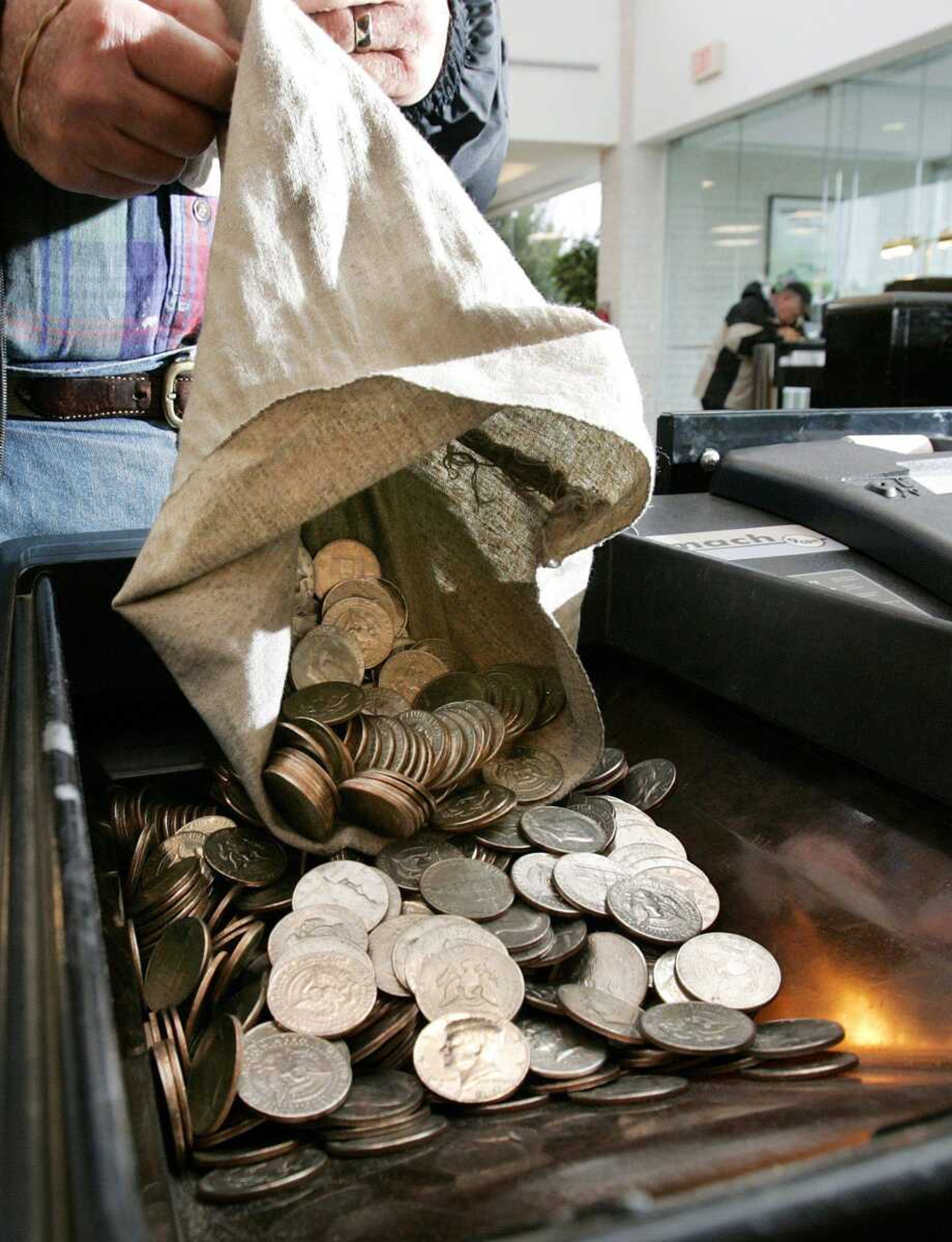Saving outpaces spending as incomes rise in May
WASHINGTON -- Households pushed their savings rate to the highest level in more than 15 years in May as a big boost in incomes from the government's stimulus program was devoted more to nest eggs than to increased spending. The higher savings rate is healthy in the long term, economists said. But without vigorous consumer spending, the government may have to do more to revive the economy, possibly through further tax breaks and spending...
WASHINGTON -- Households pushed their savings rate to the highest level in more than 15 years in May as a big boost in incomes from the government's stimulus program was devoted more to nest eggs than to increased spending.
The higher savings rate is healthy in the long term, economists said. But without vigorous consumer spending, the government may have to do more to revive the economy, possibly through further tax breaks and spending.
The Commerce Department said Friday that consumer spending rose 0.3 percent in May, in line with expectations. But incomes jumped 1.4 percent, the biggest gain in a year and easily outpacing the 0.3 percent increase that economists expected.
The savings rate, which was hovering near zero in early 2008, surged to 6.9 percent, the highest level since December 1993.
The income increase reflected temporary factors relating to the $787 billion economic stimulus program that President Obama pushed through Congress in February to fight the recession. That program included one-time payments to people receiving Social Security and other government pension benefits.
"Personal tax cuts and government income support have brought consumers back from the dead, but the recuperation period promises to be a long one," said Sal Guatieri, an economist at BMO Capital Markets.
The big jump in the savings rate also made some Wall Street investors nervous. The Dow Jones industrial average lost a little more than 30 points in afternoon trading. Broader indices were mixed.
The stimulus package also featured reductions in payroll tax withholding designed to get people to start spending more money and boost the economy. Those factors helped increase after-tax incomes 1.6 percent in May. However, without the special factors, after-tax incomes would have risen just 0.2 percent.
The savings rate, which is a percentage of disposable income, rose to 6.9 percent from 5.6 percent in April. Last month's savings rate was far above recent annual rates, which dipped below 1 percent from 2005 through 2007 as a booming economy and soaring home prices pushed Americans to spend most of what they earned.
Those factors have been reversed amid the longest recession since World War II. Triggered by a housing bust, the downturn has depressed home prices by the largest amounts since the Great Depression.
Still, private economists viewed the 0.3 percent rise in spending in May as encouraging after no change in April and a 0.3 percent drop in March. April had originally been reported as a drop of 0.1 percent. It was the best monthly performance since spending rose by 0.4 percent in February.
Consumer spending is closely watched because it accounts for about 70 percent of total economic activity.
Economists are hoping that improved spending will help support a rebound in economic activity.
Nigel Gault, chief U.S. economist at IHS Global Insight, forecast that consumers would remain cautious going forward but that even dampened increases in spending should be enough to jump-start economic growth.
"We do expect spending to creep slowly higher in the second half of the year as the labor market deterioration becomes less severe," he said in a research note.
The government reported Wednesday that the overall economy, as measured by the gross domestic product, shrank at an annual rate of 5.5 percent in the January-March quarter, slightly less severe than the 5.7 percent decline estimated a month ago.
However, the 5.5 percent drop in the first quarter followed a 6.3 percent decline in the last three months of last year, the worst six-month performance for the GDP in more than a half-century.
Economists believe that the 0.3 percent rise in spending in May will help bolster the economy in the second quarter and will translate into a smaller drop in GDP of around 2 percent during this period. Economists believe that GDP will begin growing again in the second half of this year, signaling an end to the recession that began in December 2007.
However, the rebound is expected to be subdued. That's because unemployment, already at a 25-year high of 9.4 percent, is expected to continue rising, pushing worried households to save even more against the threat of further layoffs.
Reduced spending has been tough on the nation's retailers, who have been forced to lay off workers and shut stores. Drugstore operator Rite Aid Corp. said Wednesday that it narrowed its fiscal first-quarter loss by closing stores and trimming other operating costs as it works to eliminate $6 billion in debt.
Still, the weak economy has kept a lid on prices. An inflation gauge tied to consumer spending edged up 0.1 percent in May compared with April.
Connect with the Southeast Missourian Newsroom:
For corrections to this story or other insights for the editor, click here. To submit a letter to the editor, click here. To learn about the Southeast Missourian’s AI Policy, click here.









